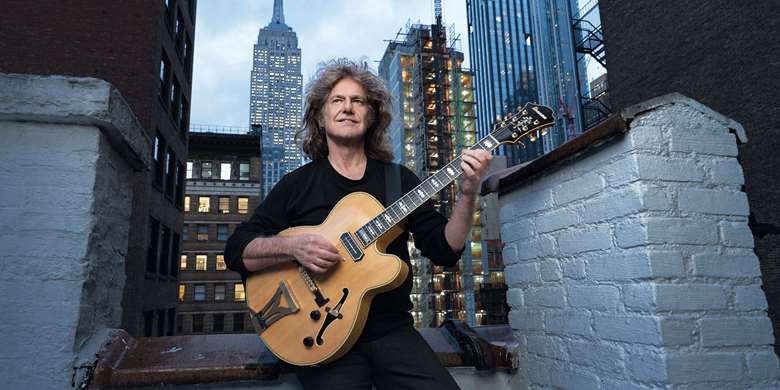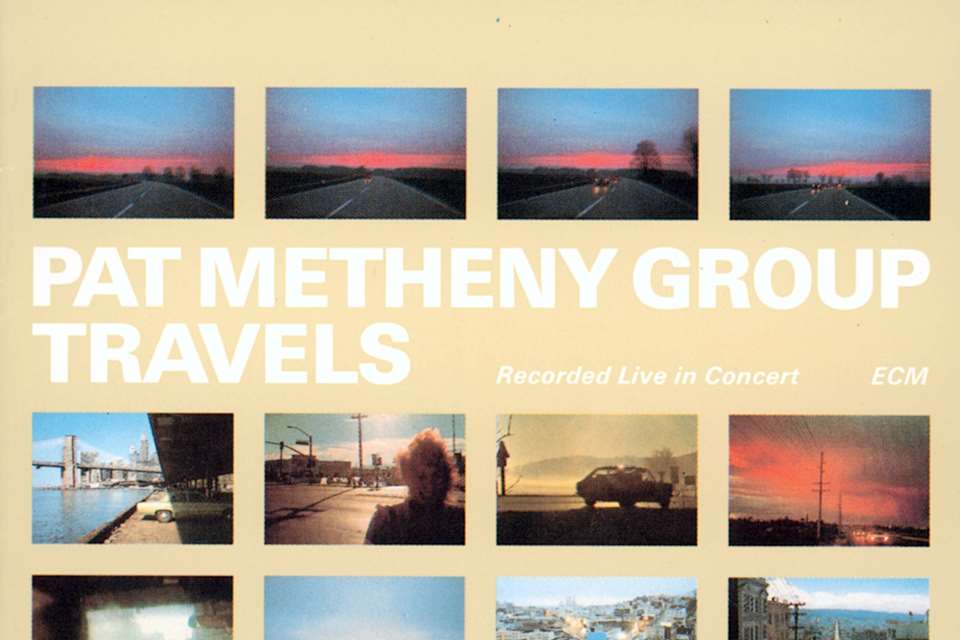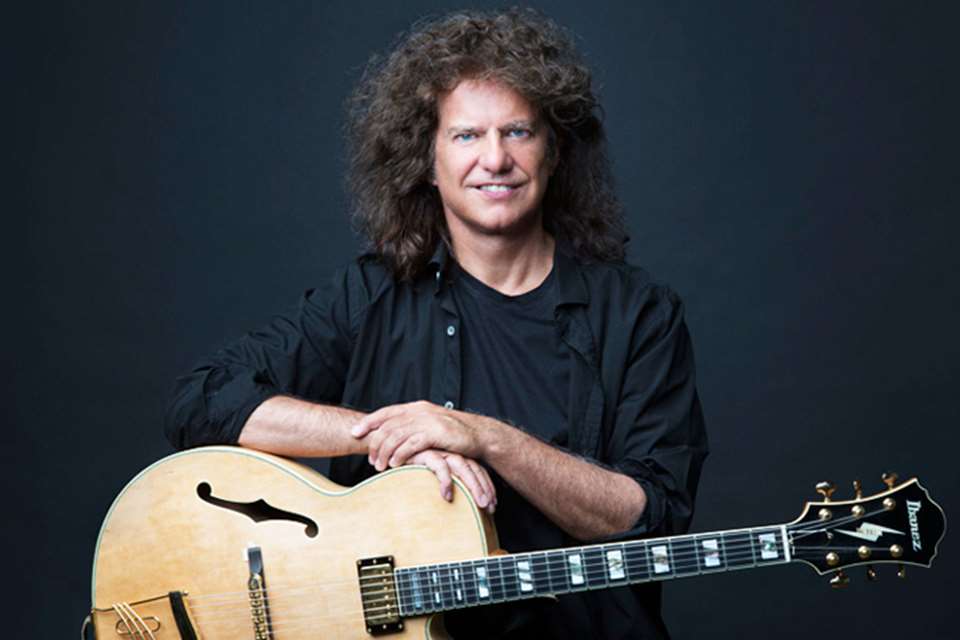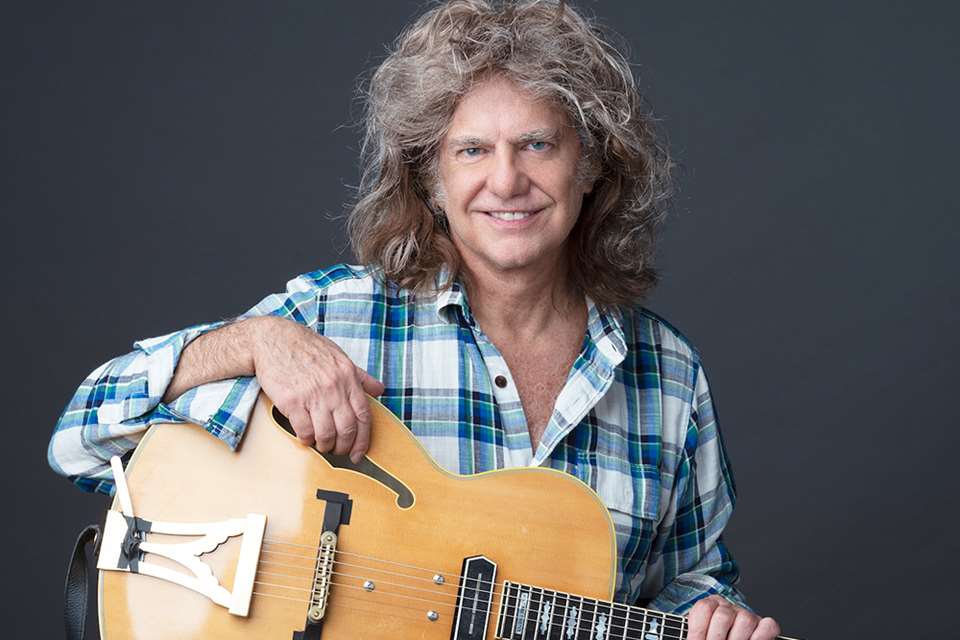‘It’s way more fun for me now, because I play way better now than I used to' | Pat Metheny interview
Stuart Nicholson
Monday, January 31, 2022
Now a true living jazz giant, whose recording and gigging schedule has barely let up, even during the pandemic, legendary guitarist Pat Metheny still finds the time to nurture new young talent – as Stuart Nicholson discovers


Register now to continue reading

Thank you for visiting Jazzwise.co.uk. Sign up for a free account today to enjoy the following benefits:
- Free access to 3 subscriber-only articles per month
- Unlimited access to our news, live reviews and artist pages
- Free email newsletter


